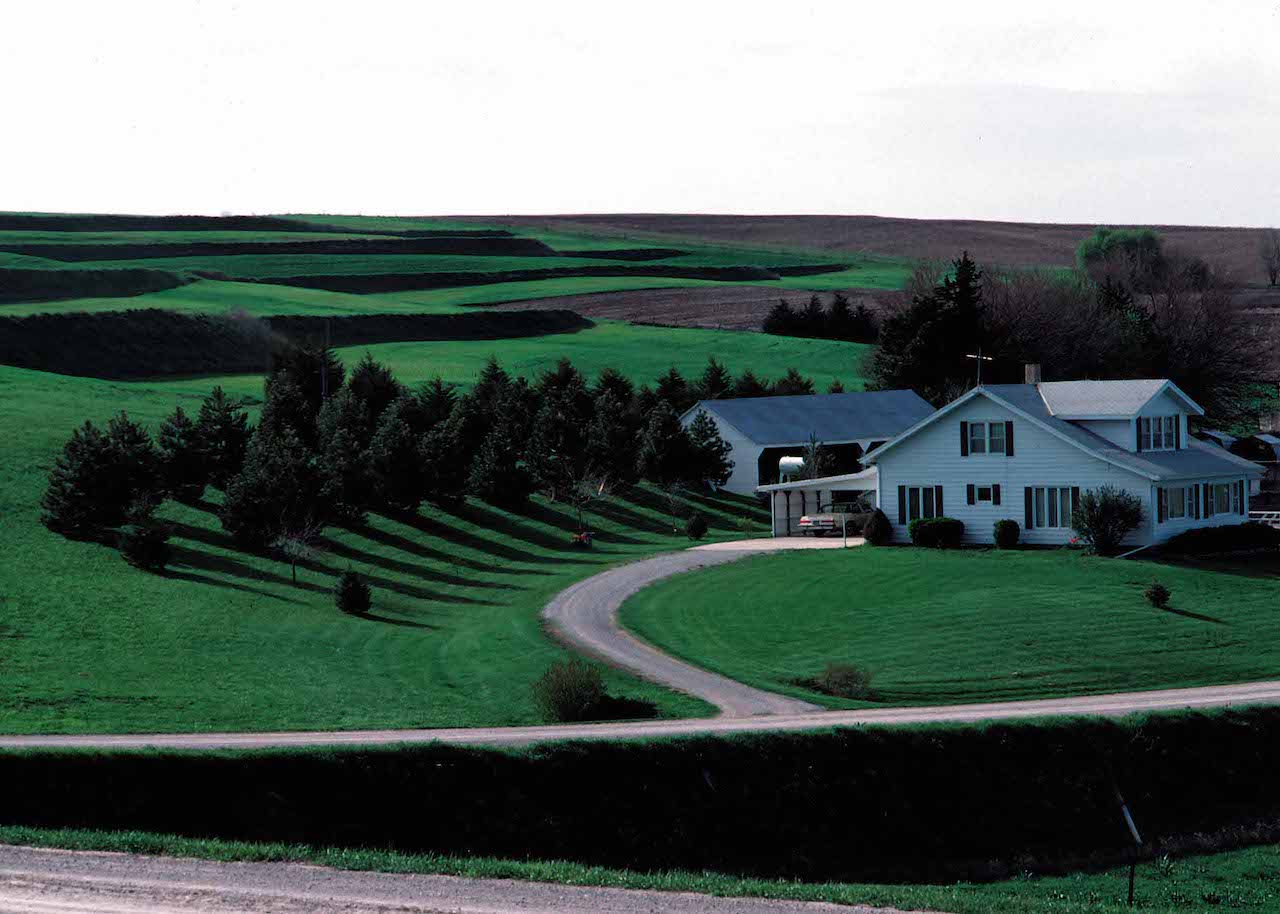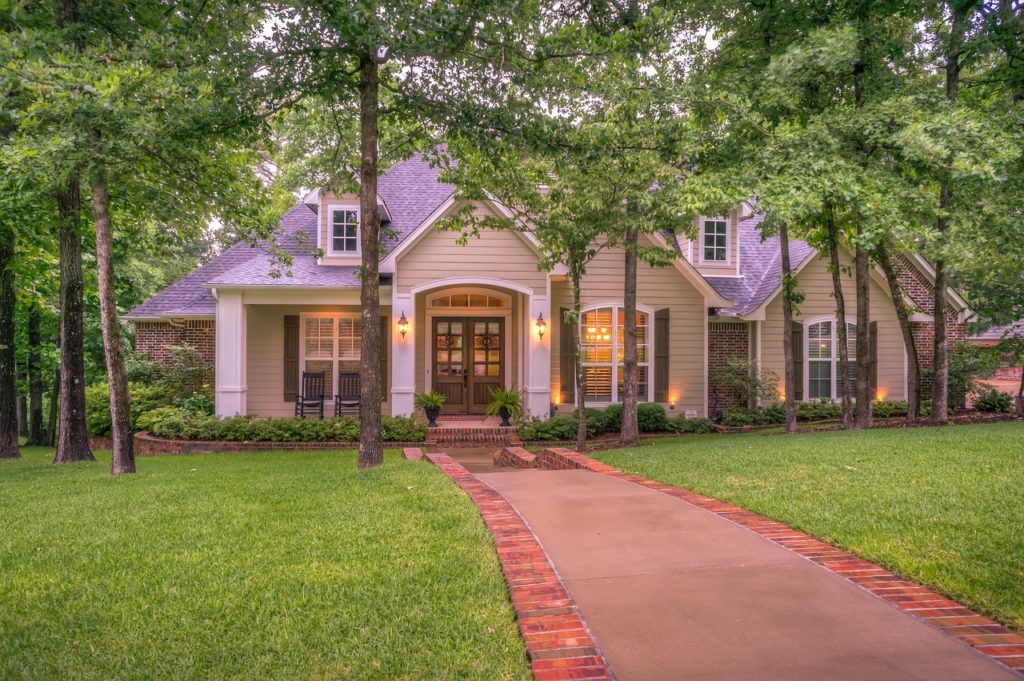
Whether your goal is to reduce your electric bill or to protect the planet, creating an energy-efficient landscape can help. But it’s more complicated than putting a few solar lights around your garden.
First, think about where you live. Virginia Beach sits on the northern edge of a temperate climate zone. It’s a swath of the country that stretches from Oklahoma to Virginia and includes a sizable portion of the mid-Atlantic states.
Landscape energy-efficiency is easier here than in climate zones that experience extreme heat or cold. But it also makes it a little more complex.
“Virginia is tricky because of variations in hardiness zones,” according to Scott Douglas, an instructor in the School of Plant and Environmental Sciences at Virginia Tech University.
Virginia Beach’s closeness to the coast is also a factor. “Being next to larger water makes temperatures a little more moderate.” Douglas also points out the wide variation in regional topography. A homeowner must consider his home’s exact location to tailor the best plan. Scientists call this microclimate planning. In Virginia, microclimates vary over short distances. Douglas notes the microclimate changes dramatically in just the five-mile drive between his home and office. That’s why landscapers will make different recommendations from one block to the next.
Temperate Climate Landscaping

Living in the temperate zone means you can maximize efficiency by using the warmth of the sun in the winter. You can also take advantage of shade in the summer, deflect winter winds with trees and shrubs, and direct summer breezes toward your house.
But here’s where being aware of your microclimate comes into play. If you live on the north side of a hill that gets blasted by winter winds, you have to make more of an effort to protect against the cold than your neighbor who lives on the south side of the hill. As compensation, you’re less likely to get your neighbor’s furnace effect of summer winds.
Trees are the key to any energy-efficient landscaping. Just three trees, placed with energy efficiency in mind, can cut a household’s energy bill by $100 to $250 per year, according to the U.S. Department of Energy. “A well-planned landscape can reduce an unshaded home’s summer air-conditioning costs by 15% to 50%,” the DOE said in its “Landscaping for Energy Efficiency” report.
Trees and Shrubs as Winter Windbreaks
In the winter, well-placed trees, shrubs, and manmade structures such as fences serve as windbreaks. The DOE says in a windy climate, thoughtful landscaping can reduce your winter heating bills by approximately one-third.
“But you have to take it on a site-by-site basis. There is no magic bullet,” Douglas said.
Fortunately, Virginia is amenable to a host of native trees that can help conserve energy. “White pines, cryptomeria, spruces, and cedars do well as evergreens to break winter wind,” Douglas said. “Maple or oaks provide shade in the summer and drop leaves in the winter, so you get some solar heat gain.”
He said winter windbreaks should usually be on the north side of your house while summer shade should be on the south and west sides. And where you place your trees in proximity to your house is important. “You have to think about what the mature size of the tree is going to be to give it room to reach that size. People tend to plant too densely. You don’t want to have to do a lot of shearing,” he said.
Environmental Benefits, Too
Besides conserving energy, careful landscaping has environmental benefits. Trees and vegetation control erosion, protect water supplies, and provide food. They also create a habitat for wildlife and clean the air by absorbing carbon dioxide and releasing oxygen.

Douglas, who has done a lot of work on roadway median projects, says another benefit of trees and shrubs is cutting down on grass. Millions of dollars are spent on turf along highway corridors, while native plants and wildflowers would be lower maintenance.
He says the same is true of your home. “Turf is the highest maintenance you can plant in terms of mowing, watering, and fertilizing compared to trees, shrubs, and flower beds.”
While he believes some turf area is necessary, he says, “We’ve gone to the extreme.” Consider using more mulch, rockscaping, and hardscapes in borders to reduce the amount of water and energy you’ll use mowing the lawn.
Scott Douglas earned his bachelor’s degree at the University of Georgia and his master’s at the University of Illinois. After working on residential, institutional, governmental, multi-family, greenway trails, and historic preservation, he turned to teaching. He now serves as Hahn Horticulture Garden director and instructor in the School of Plant and Environmental Sciences at Virginia Tech University.
Need help deciding what to plant or what type of grass will thrive in your area? Visit our Virginia Beach landscaping page for more info! We offer one-stop shopping for all your landscaping needs.